General Information about Cairo
Cairo is located in northern Egypt, known as Lower Egypt, 165 kilometres south of the Mediterranean Sea and 120 kilometres west of the Gulf of Suez and Suez Canal. The city is along the Nile River, immediately south of the point where the river leaves its desert-bound valley and branches into the low-lying Nile Delta region. Although the Cairo metropolis extends away from the Nile in all directions, the city of Cairo resides only on the east bank of the river and two islands within it on a total area of 453 square kilometres.
Until the mid-19th century, when the river was tamed by dams, levees, and other controls, the Nile in the vicinity of Cairo was highly susceptible to changes in course and surface level. Over the years, the Nile gradually shifted westward, providing the site between the eastern edge of the river and the Mokattam highlands on which the city now stands. The land on which Cairo was established in 969 (present-day Islamic Cairo) was located underwater just over three hundred years earlier, when Fustat was first built.
In Cairo, and along the Nile River Valley, the climate is a hot desert climate, but often with high humidity as it is not very far from the Mediterranean Sea and the Nile Delta. Wind storms can be frequent, bringing Saharan dust into the city, sometimes from March to May (see Khamasin) and the air often becomes uncomfortably dry. High temperatures in winter range from 14 to 22°C (57 to 72 °F), while night-time lows drop to below 11°C (52°F), often to 5°C (41°F). In summer, the highs rarely surpass 40 °C (104 °F), and lows drop to about 20°C (68°F). Rainfall is sparse and only happens in the colder months, but sudden showers do cause harsh flooding. Snowfall is extremely rare; a small amount of graupel, widely believed to be snow, fell on Cairo’s easternmost suburbs on 13 December 2013, the first time Cairo’s area received this kind of precipitation in many decades. Dewpoints in the hottest months range from 13.9°C (57°F) in June to 18.3°C (65°F) in August.
TOURISM
Egypt has a thriving cultural tourism industry, built on the country’s complex history, multicultural population and importance as a regional centre.
Egypt’s cultural tourism trade has fluctuated since the 19th century, increasing in popularity alongside the rise of Egyptology as an academic and amateur pursuit. Successive Egyptian governments have placed great emphasis on the value of cultural tourism, “confident that no other countries could actually compete in this area”.
Before the Arab Spring, tourism accounted for approximately 11 percent of the country’s GDP and was a significant job creator in the economy. In the aftermath of the 2011 Revolution, tourism dropped dramatically to 6.7 percent of GDP. Foreign travelers have stayed away during the political turmoil of the past three years. The breakdown in the security infrastructure also led to a massive increase in looting at archaeological sites — a devastating loss of irreplaceable cultural material. In the months since General el-Sisi has taken power, Egypt has been slowly rebuilding its reputation as a safe destination for the world’s adventurers.

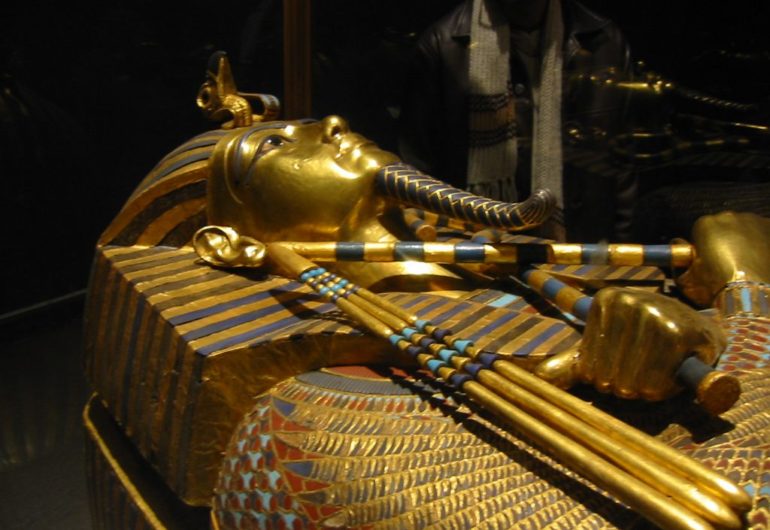
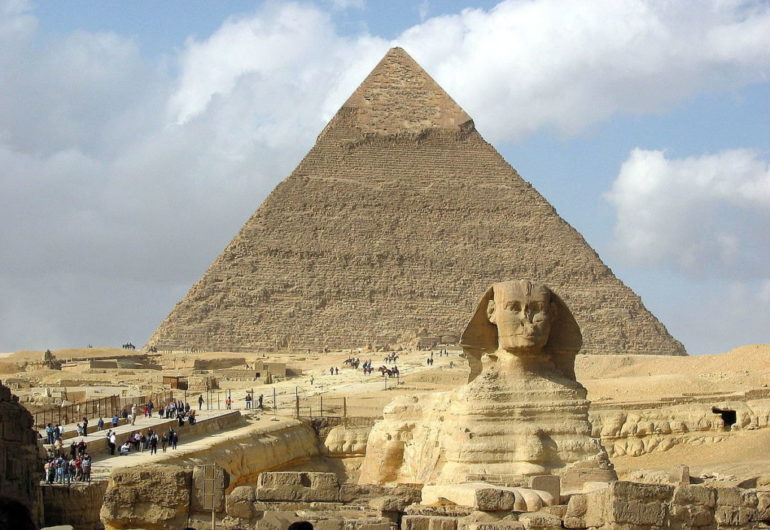
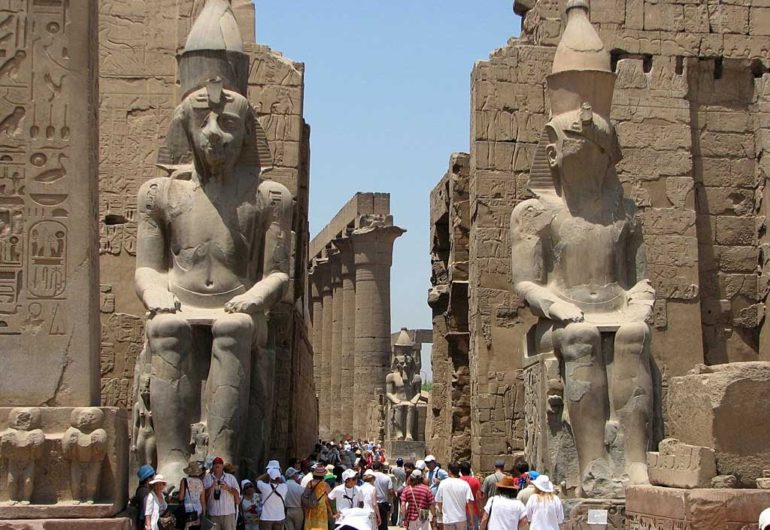
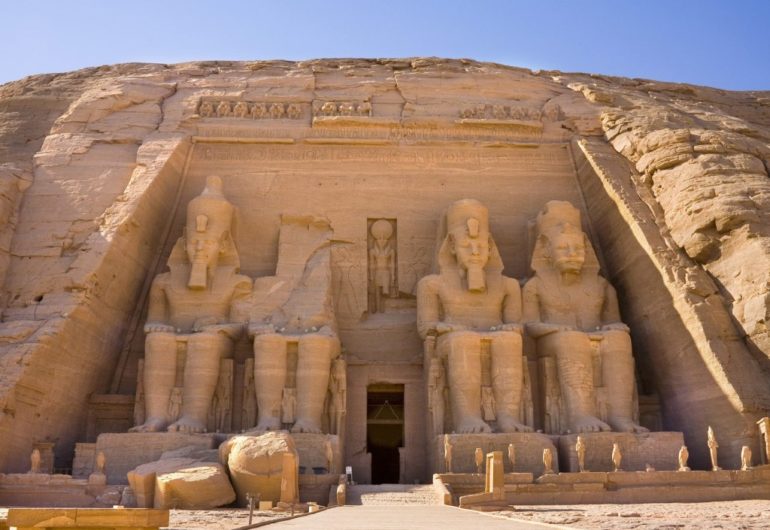
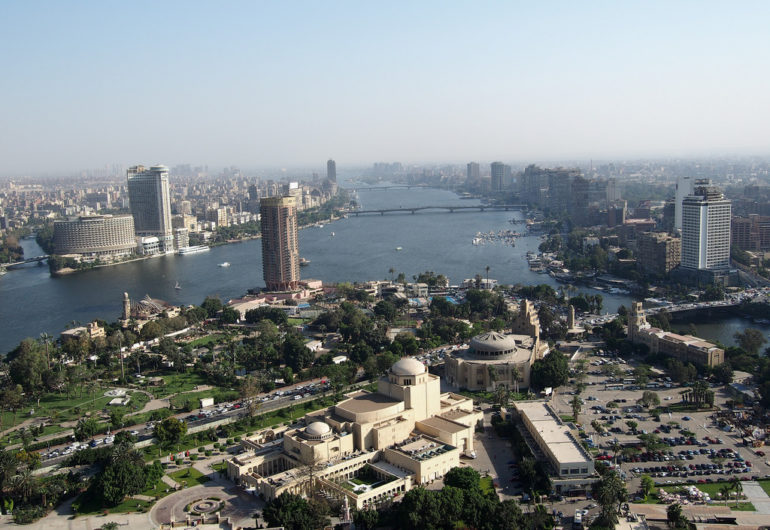
 +91-9815423555
+91-9815423555 info@globalbeeholidays.com
info@globalbeeholidays.com
